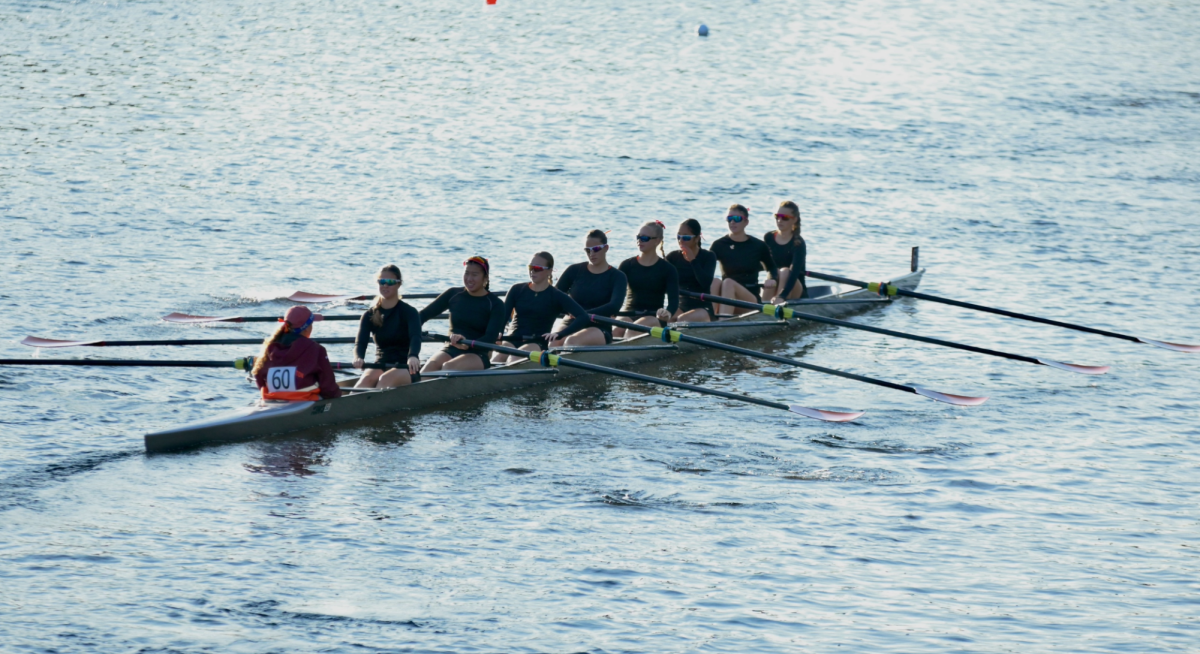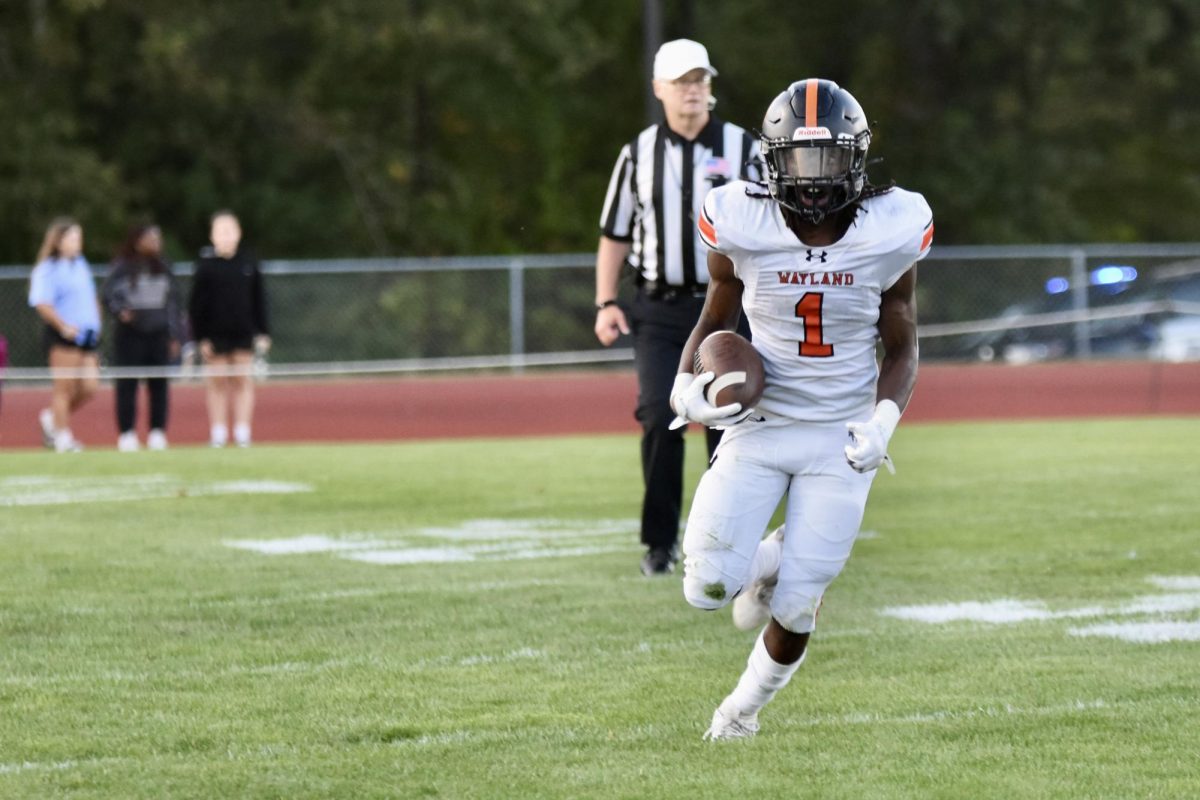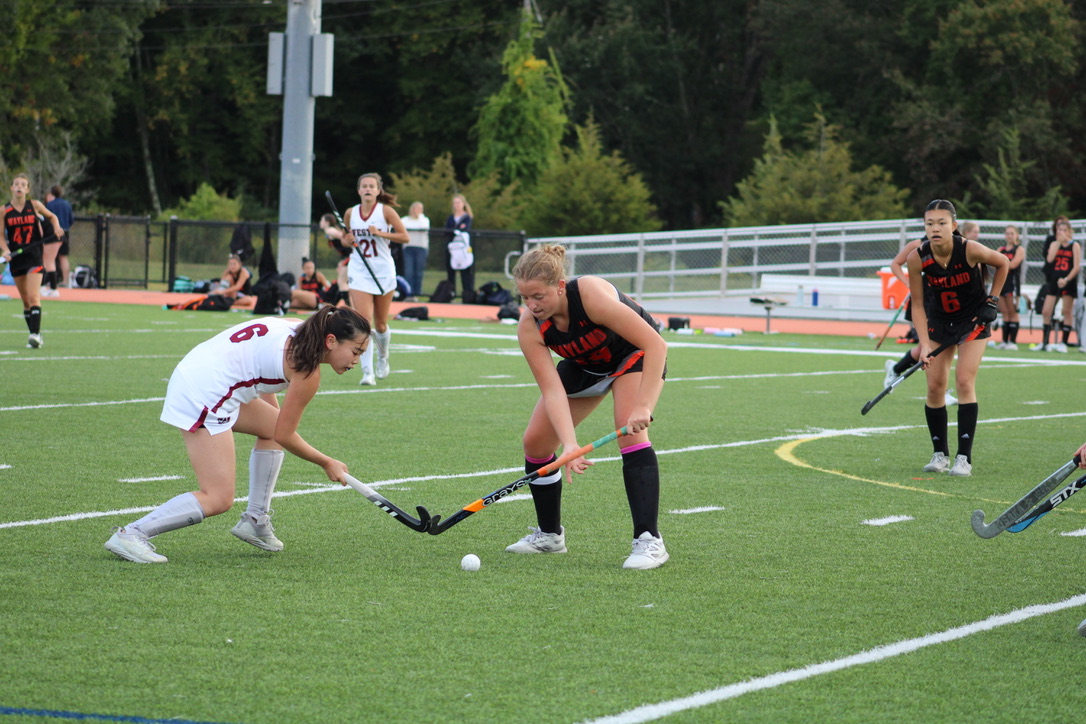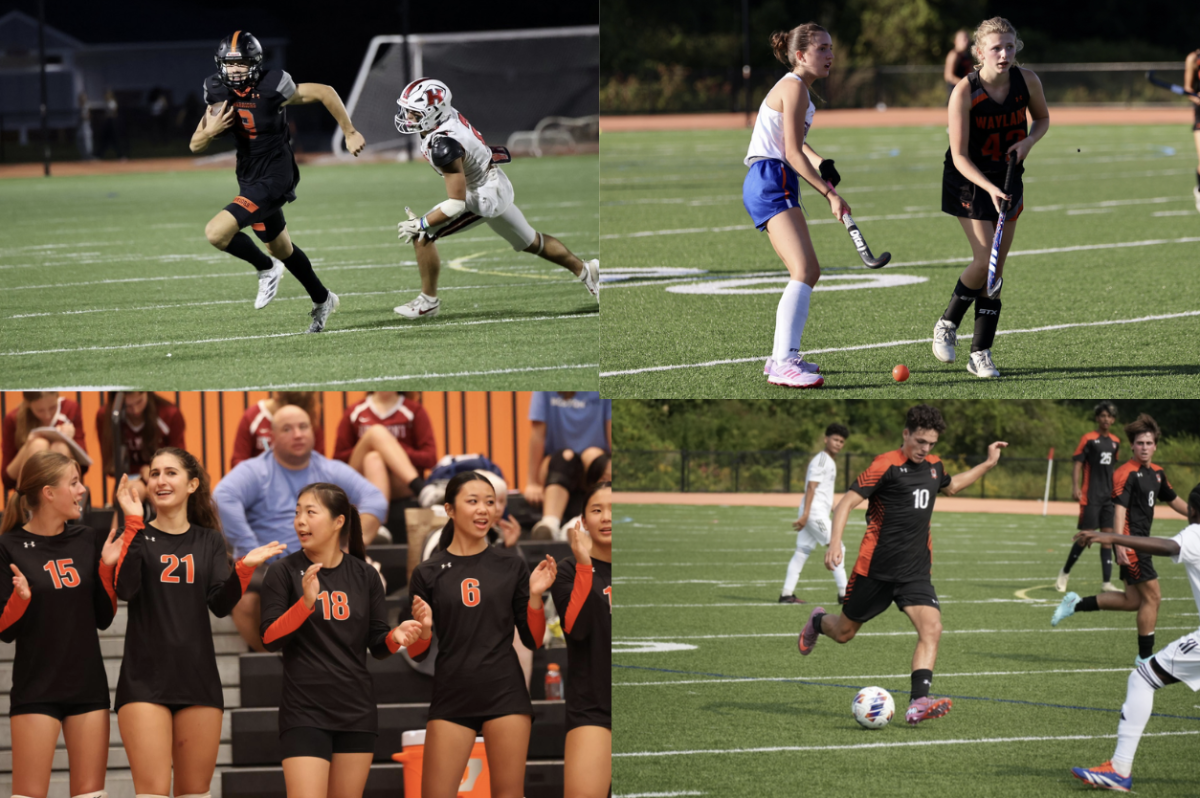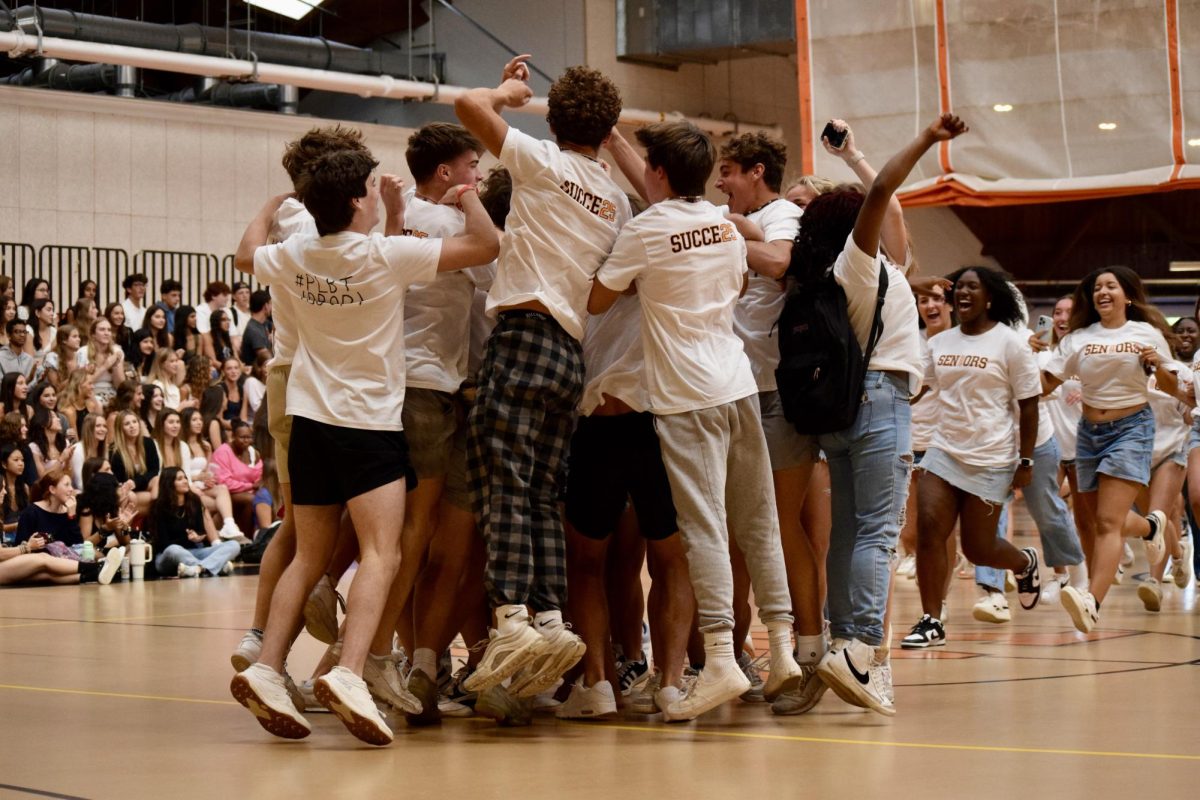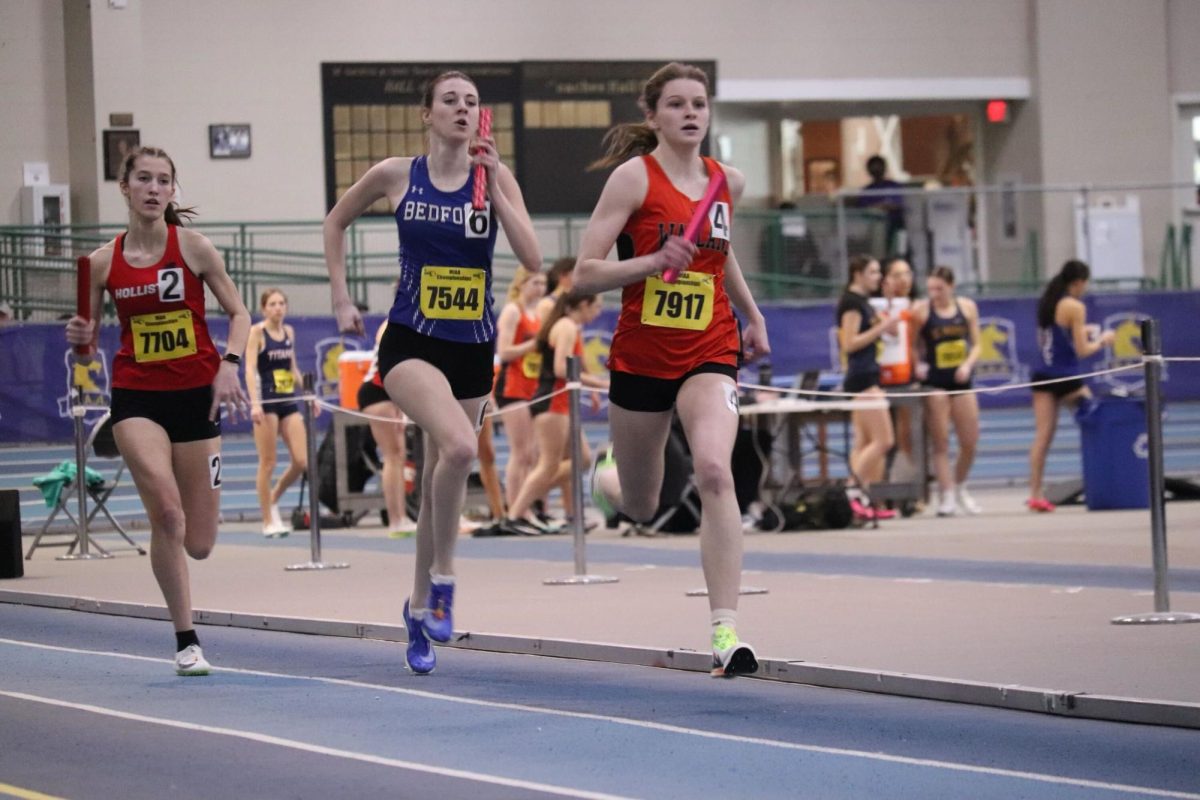Many sophomore students raised complaints over the mandatory presentation that was held during the Winter Week. “Traces of the Trade,” the documentary that was featured during the presentation, deals with slavery and race; Director Katrina Browne tells the story of her forefathers who came from the largest slave-trading family in U.S. history.
According to the film’s official website, www.tracesofthetrade.org, “The issues the DeWolf descendants are confronted with dramatize questions that apply to the nation as a whole: What, concretely, is the legacy of slavery—for diverse whites, for diverse blacks, for diverse others? Who owes who what for the sins of the fathers of this country? What history do we inherit as individuals and as citizens?”

The presenters told students that this film became the official competition selection in the 2008 Sundance Film Festival, and they described the documentary as a unique piece of work with its own voice.
They also explained that after showing the film they were going to lead a discussion with the topics that the documentary presents. The presenters said that they expected much energy and participation from the students.
On their website, it says that this film is “intended as a catalyst for dialogue and education through screenings in communities and classrooms.”
However, after seeing the documentary, many students felt that they were unable to connect with the film, pointing out the atmosphere the show created and the way it was presented to them. Suhana Ng (class of 2010) explains her discontent:
“The presentation was dry, and not quite geared towards an audience of sophomores—the subject was not something that we could relate to, and the parts of the film we saw were neither provoking nor captivating.”
Some students felt that the topic itself was redundant; they have dealt with topics of slavery and racism many times during their middle school years, followed by the social studies course during the freshman year. Travis Downs (class of 2010) says:
“Every year in school we talk about slavery and race, and every year we go over the same things. This presentation was repetitive.”
Elizabeth Doyon (class of 2010) further explains that the presenters did not know the audience.
“Presenters were unaware that we are well-informed about the slave trade. Therefore, while they expected us to be surprised by the fact that slavery was common in New England, we weren’t surprised at all.”
Some students say that they did not participate as much in the discussion afterwards because they felt as if the presenters were pushing too hard to get the discussion going. Danya Gordin (class of 2010) describes his impression:
“The audience was essentially dissuaded from participating [in the discussion after the movie] since the presenters were scrabbling for comments instead of instituting questions. I felt that this presentation lacked energy and appeal.”
Amid students’ complaints over the presentation, social studies department head Kevin Delaney hopes that students would take a step back from the documentary and focus on the lesson and knowledge that the filmmakers are trying to convey to their audiences.
“I hope that the larger issue struck a chord with kids: that by putting this reality out there for others to consider, DeWolfe descendants are attempting to do their part to address the ongoing legacy of slavery in American life. It is a bitter truth that while slavery and its offspring, legal segregation, are part of past eras, we’re still—mostly unsuccessfully—trying to figure out how to deal with the long-term consequences in our democracy.”










